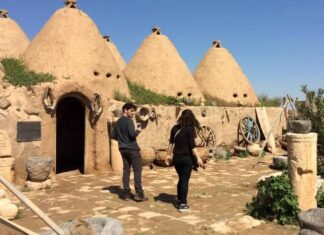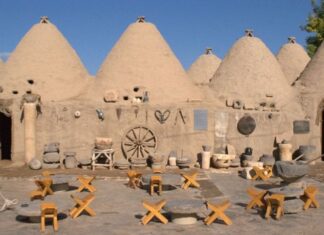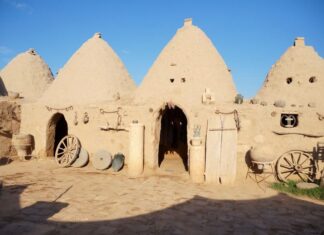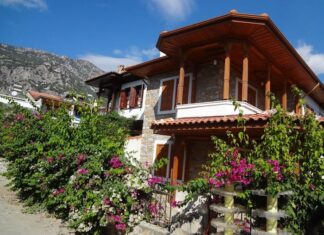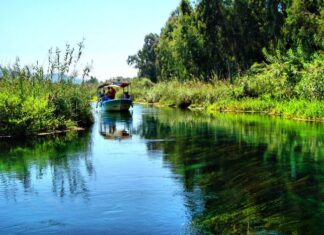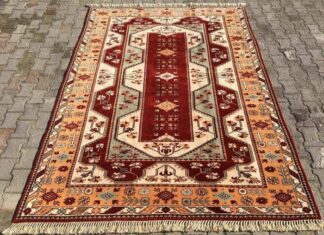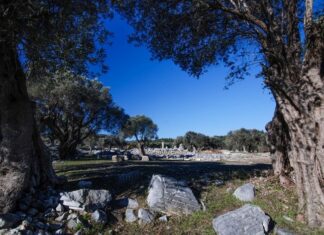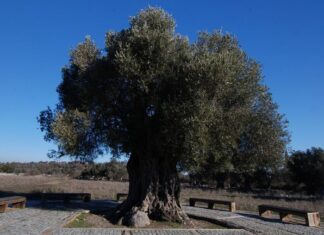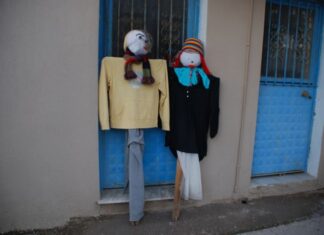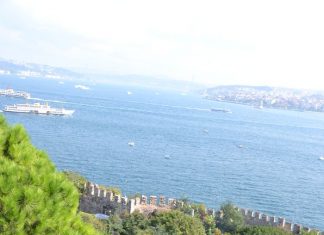Home Blog
Corinth from Ancient Ruins to Christian History
Ancient Artifacts and Excavations
In the village that now stands on the site of old Corinth, small shops sell fragments from the ongoing excavations. These...
Corinth and St. Timothy
Timothy in Charge of the Church
After Paul’s missionary work in Corinth, he left his trusted companion, Timothy, in charge of the church there. Paul...
Modern Athens
Marble, Beauty, and Urban Life
Streets and Dust
Modern Athens has a neat and beautiful appearance thanks to the widespread use of marble and white stucco....
Esyllt and Sabrina Part 5
A Tale of Friendship and Destiny
The story of Esyllt and Sabrina continues a journey filled with legends, emotions, and lessons. Both characters, drawn from...
King Michael’s First Reign
A Modern Reformer
Michael, a member of the Obrenovitch family, became King of Servia and proved to be a wise and progressive leader. He was...
Karageorge Builds a New Servia
After successfully driving out the Turks, Karageorge (Black George) established a liberal monarchy in Servia. He knew that he lacked formal education and experience,...
Understanding the Political Situation in Servia
To understand the current political situation in Servia (now known as Serbia), we need to look back at the country’s history. Servia has long...
Hardworking and Skilled Peasants
Strong, Active, and Intelligent People
Bulgarian peasants are known for being hardworking, clever, and intelligent. Both men and women are usually physically strong and capable...
Artistic Traditions of Bulgarian Peasants
Beautiful Embroidery and Handicrafts
The Bulgarian peasants, especially the women, are very artistic. They are known for their beautiful embroidery work, which they use to...
The Jewish Community in Bulgaria
Historical Background
The Jewish population in Bulgaria is quite large, especially in the cities. Most of them are descendants of Jews expelled from Spain during...
